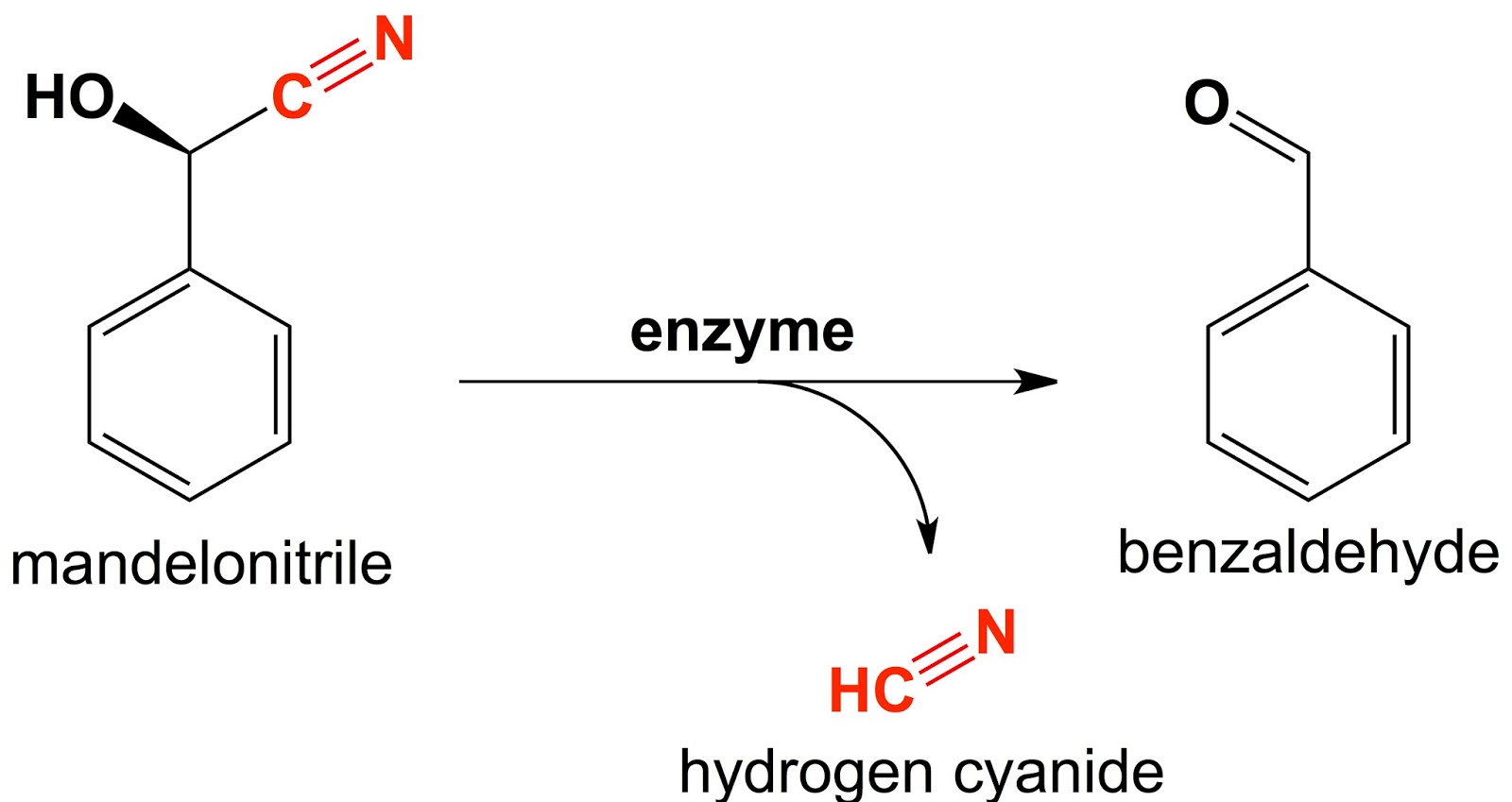Why do Christmas trees smell good? -
Many of us have fond memories of the wonderful aroma that infuses the air when the christmas tree is brought into the house. But my thoughts about this perfume seldom extend beyond "wow, this tree smells good". What, specifically, is the characteristic scent? Why does the tree even bother making it in the first place? Do other plants make the same smells? Where can I buy a small vial of this concentrated essence so that I can invoke christmas spirit all year round!? And how is that concentrate even made? Today, Plants Are Chemists answers these questions.
| Figure 1: Conifer resin. Conifer species like pines, firs, and spruces make resins to seal any wounds they sustain. These resins contain terpenes that kill organisms invading the wound and attract other organisms that might kill the invaders. |
Christmas trees are conifers -
Christmas trees are usually pine, spruce, or fir trees. These are all conifers, a division of land plants that bear cones and have internal water conduction systems. Though there are relatively few species of conifers, they cover vast areas in great numbers; they are earth's second largest above-ground carbon sink, after tropical forests [1]. They also provide about 45% of the world's lumber.
Conifers produce resins to protect themselves -
Conifers are well known for the resins they produce (Figure 1). Maybe you've had a (frustrating?) experience with resin from one of these trees - it can be very difficult to get off of your hands. This resin is the tree's means of sealing up any wounds it sustains. It is composed mainly of a special class of plant chemicals called terpenes. Broadly speaking, terpene molecules fall into two classes: those that are small and volatile (they evaporate quickly and spread through the air), and those that are large and non-volatile. Often, the larger terpenes are toxic to insects, bacteria, or fungi that might be invading the wound. In contrast, the airborne terpenes can signal nearby organisms that might eat the invaders. Clearly, terpenes are another testament to the awesome power of the plant kingdom's skills in applied chemistry.
Resins mainly contain terpenes -
The identity of the terpenes that make up conifer resins have been studied quite a bit. Common resin terpenes include limonene, terpinolene, alpha- and beta-pinene, delta-3 carene, and sabinene, just to name a few [2]. Terpenes molecules typically contain carbon atoms linked into many complicated rings (Figure 2, left). These rings are put together in a very ingenious way. First, the plant produces a carbon chain that has no rings but has one very reactive carbon that is initially covered up with phosphate to prevent the carbon from reacting (Figure 2, middle). This chain is sort of like one of those snap bracelets that you may have played with as a kid (and maybe still play with today!?) when in its flattened form. When the plant wants to make a terpene, it takes one of these chains, puts it in strong, specialized box (an enzyme) and removes the phosphate, unleashing the reactive carbon. The energy from the reactive carbon bounces all around the chain, causing immensely complex carbon rings to form (sort of like snapping the snap bracelet) (Figure 2, right). Then the terpene is released from the box. Depending on the type of rings and the kind of terpene the plant wants to make, it can use boxes (enzymes) with different characteristics.
| Figure 2: Terpene synthesis. Plants put a carbon chain with an active (but restrained carbon) into a box (enzyme), then let the reactive carbon free, causing the energy from the reactive carbon to bend the chain into rings and form a terpene (shown above the dotted line). This is analogous to a snap bracelet (shown below the dotted line): in its restrained, linear form, the energy can be released causing the bracelet to bend into rings. |
| Figure 3: The Christmas tree smell. The molecules shown here, alpha-pinene, beta-pinene, and bornyl acetate, are the compounds that, together, are the Christmas tree smell. |
The christmas tree smell is three terpenes that can be isolated with steam distillation -
Using this technique conifer trees make the major aroma molecules that are associated with the classic christmas tree smell: alpha- and beta-pinene and bornyl acetate (Figure 3) [3]. For this reason these molecules, or more accurately their aroma, are very popular. These molecules are quite volatile - they evaporate at relatively low temperatures. This characteristic makes them easy to isolate - the plant is boiled in water, releasing the terpenes into the steam, then the steam is collected and concentrated into an essential oil. A quick internet search will turn up dozens of outlets where one can buy pine or douglas fir essential oils, as well as many other "Christmas blend" essential oils also containing orange, cinnamon, and other spices. Whether from a concentrated oil or from a real christmas tree, if you experience that Christmas tree smell this year, hopefully you'll be reminded a little bit about terpene chemistry and the amazing defense mechanisms of conifer trees. Happy holidays.
[1] https://www.ipcc.ch/pdf/assessment-report/ar4/wg3/ar4-wg3-chapter9.pdf
[2] Clark, Erin L., et al. "Comparison of lodgepole and jack pine resin chemistry: implications for range expansion by the mountain pine beetle, Dendroctonus ponderosae (Coleoptera: Curculionidae)." PeerJ 2 (2014): e240.
[3] (2011), Festive fragrances. Chemistry & Industry, 75: 17–20. doi:10.1002/cind.7524_8.x















